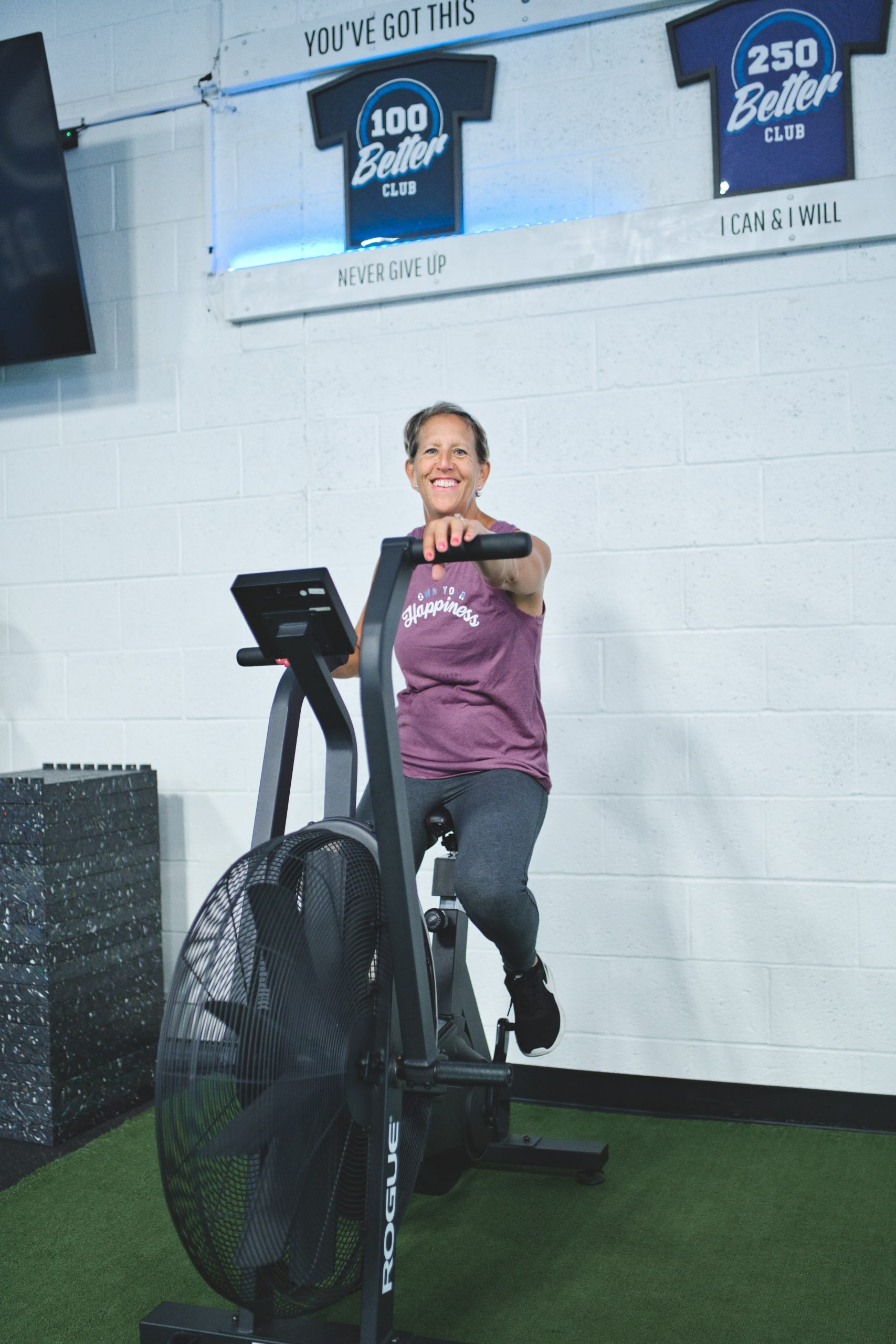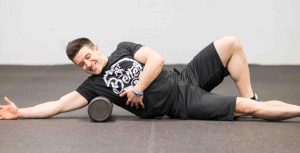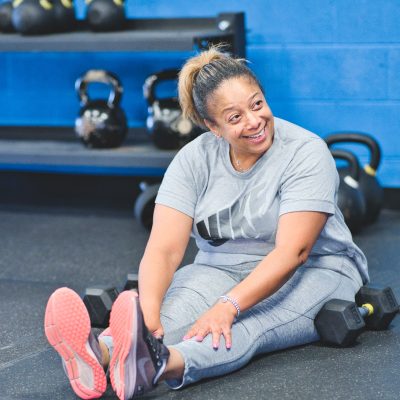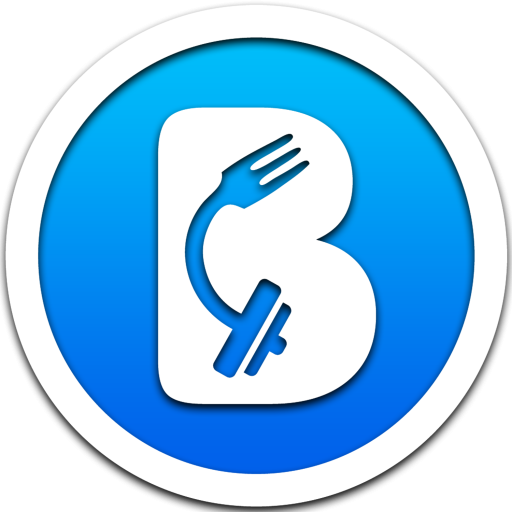The Top 5 Ways to Relieve Muscle Pains and Recover Faster
Whether you’ve just come back from the gym or are recovering from an accident involving your muscles, the first thing that you’d want to do is get rid of aches and pains. After all, no one wants to feel sore and stiff for days. This is why many people have turned to ways of relieving muscle pains. There are as many muscle recovery tips as there are stars in the sky and different people claim that their ways are the best. It could be very confusing which is why we came up with our own list of top 5 ways to relieve muscle pains and recover faster.
5. Supplements
Matt looks back to when he and his wife and fellow personal trainer, Lynn April, went out for a breakfast date. When they were handed the menu, they felt a wave of frustration and sadness upon seeing a section for “Top 3 Morning Healthy Options” that were all just juices. He felt saddened about the fact that we’ve gotten to the point wherein the fitness industry has put a misconception about how these detox drinks are necessary for your health when in fact, you can get the same nutrition from simply drinking water and eating the actual food that the juice came from.
The same goes for any other supplement– nowadays, it’s hard to look for supplements and not get bombarded by all the different options like protein shakes, vitamins, detox teas, etc. A good rule for getting supplements is first to understand what supplements are.
A supplement is something that completes or enhances something else when added to it. In a scientific sense, it can provide nutrients either extracted from food sources or synthetically to increase the quantity of their consumption.
Supplements come in different forms like capsules or tablets, protein powder or drinks, and energy bars or snacks.
As the name suggests, supplements are meant to add nutrition to your body when you’re lacking them. We recommend adding more protein to your diet for strength training specifically as it serves as the “building block” for your muscles. In no way are supplements meant to replace actual food. If you are unsure about an ingredient in your supplement, it is best to consult your physician.
4. L.I.S.S. or Low-Intensity Steady State
L.I.S.S. stands for Low-Intensity Steady State movements, which is the opposite of High-Intensity Interval Training. L.I.S.S. movements require only little exertion. We recommend giving 15 minutes of your day towards L.I.S.S. movements for recovery.
Interval Training. L.I.S.S. movements require only little exertion. We recommend giving 15 minutes of your day towards L.I.S.S. movements for recovery.
You can treat it as giving your body time off from intense workouts while also keeping your body moving. Examples of L.I.S.S. are:
- Walking
- Swimming
- Use of ellipticals or bikes
Incorporating L.I.S.S. into your routine means increasing your blood flow, reducing stress on your muscles, and preserving energy while keeping you moving.
3. Foam Rolling
You’ve probably heard us talking about foam rolling for quite some time now, but it’s not without good reason. A foam roller is a cylindrical tube made out of compressed foam. It acts as an aide for mobility exercises and is also used in percussive therapy.
You can do your foam rolling exercises before, during, and after a workout. You can also incorporate foam rolling as an intra-workout while incorporating a full range of motion movements for full mobilization of joints.
Just like L.I.S.S., foam rolling also promotes good blood flow. It might feel uncomfortable at first, but this is its way of desensitizing the nerves, which will help with relieving discomfort from strenuous activities. At a cellular level, it frees up fascia (a sheet of connecting tissue that covers the muscles) to allow you to move more freely.
Some muscles you should prioritize while foam rolling are:
2. Stretching
When talking about stretching, it includes both static and dynamic stretching. Static stretches are done to increase your flexibility, while dynamic stretches should follow to prepare your muscles for your workout.
 It’s best to do your stretches when your muscles are “warm,” like after foam rolling, but you can stretch at any time of the day! We recommend stretching for 20-30 minutes. If you don’t have a foam roller with you or simply don’t have enough time to go through the warm-up stage, you can try applying a heat pack to your muscles. Give it about 5 minutes to start warming up, and then stretch.
It’s best to do your stretches when your muscles are “warm,” like after foam rolling, but you can stretch at any time of the day! We recommend stretching for 20-30 minutes. If you don’t have a foam roller with you or simply don’t have enough time to go through the warm-up stage, you can try applying a heat pack to your muscles. Give it about 5 minutes to start warming up, and then stretch.
We warm up the muscles because, like an elastic band, you’re more likely to damage them when it’s cold. Muscles naturally become relaxed and more adaptable toward stretching when your body temperature has increased.
Remember also to stretch not just for the sake of recovery but also for muscle adaptation. With stretching, we are trying to change the length of our tissue so we can have a better range of motion.
1. Sleeping
Sleeping is what we consider the most important part of recovery. Sure, you can always drink coffee and rely on the caffeine to keep you awake throughout the day, but nothing can replace a good 6-9 hours of sleep. The Sleep Cycle app is a great tool to help track your sleep time and quality, helping to improve your overall sleeping patterns.
Amongst the many benefits of sleep are:
- Regulates your hormones which will,
- Allow your muscles to repair themselves.
- Offers mental relief after a long day.
- Promotes a stronger immune system.
- All the temporary benefits of caffeine but this time for the long-term.
“Caffeine is a great stimulant but prioritizing sleep will allow for your body to repair itself. While you sleep, it helps regulate your hormones, it helps repair the good damages you’ve made to your body during training, and it helps make sure that you are staying on track with your recovery.” -Fitness Coach, Matt April
CONCLUSION:
We understand that working out sometimes comes with discomfort right after, and most people tend to take this as their stop sign from getting to their goal. But we’re here to tell you that at Bent On Better, we have various ways you can not only recover from a tough workout but even improve your range of motion, promote good blood flow, and concentrate better on performing your tasks.
“It’s important to know some of the things you should be doing outside of the gym and things that’ll promote longevity.” – Fitness Coach, Nick April
Watch the Video Here:
